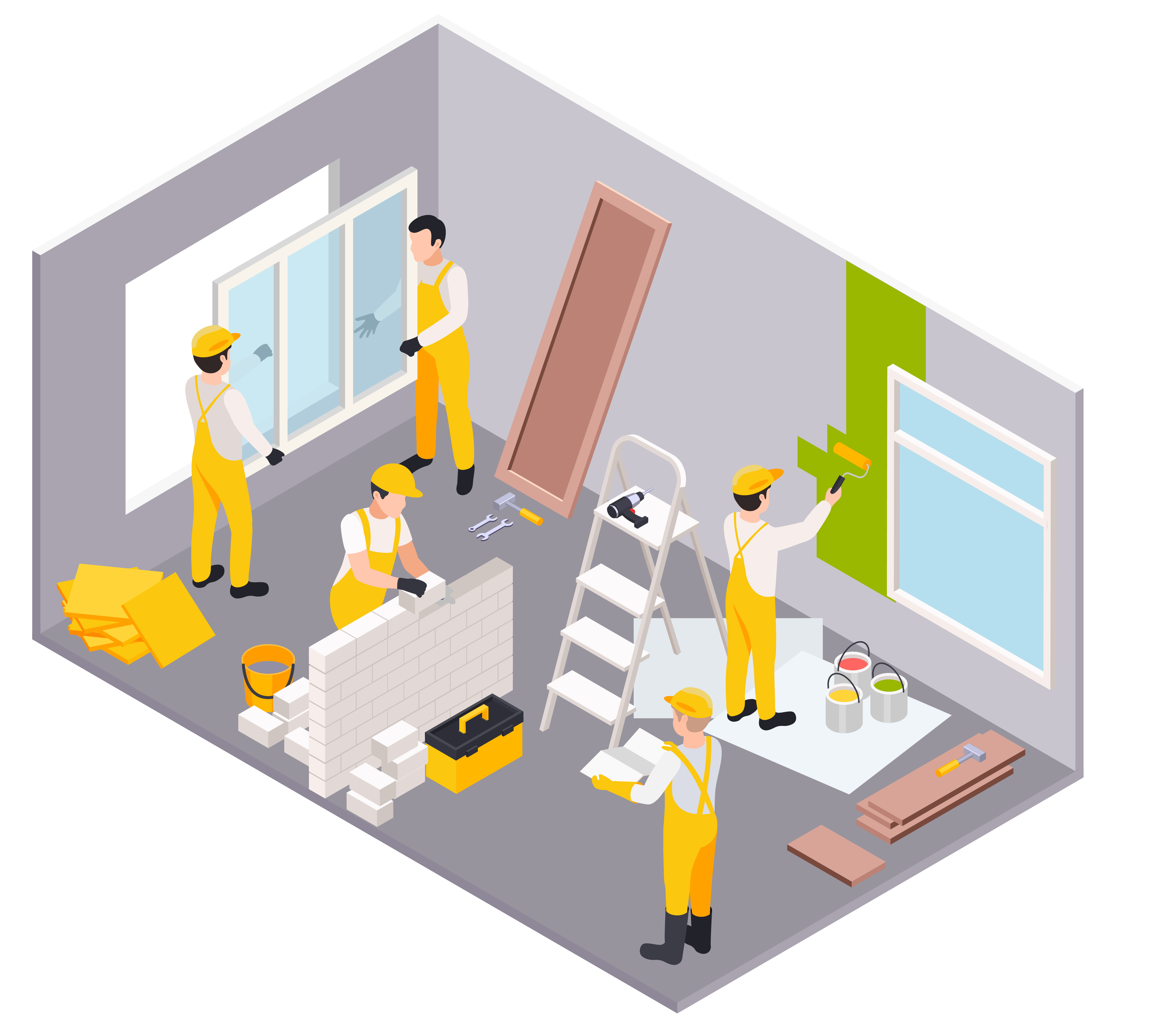When it comes to enhancing the aesthetics and functionality of a space, interior plastering plays a significant role. Whether you’re renovating your home, creating a new office space, or simply looking to refresh your walls, understanding interior plastering can help you achieve a smooth, durable finish that lasts. In this article, we’ll explore the process of interior plastering, its benefits, and tips for choosing the right plastering professionals for your needs.
Page Contents
What is Interior Plastering?
Interior plastering refers to the application of a plaster coating to walls or ceilings inside a building. This process not only provides a smooth surface for painting and decoration but also offers several practical benefits. The type of plaster used and the technique employed depend on the specific needs of the room and the desired aesthetic finish.
Plastering can be done with traditional plaster mixes or modern alternatives like gypsum or cement-based plasters, each offering its own set of benefits, such as faster drying times or greater durability.
Why Should You Consider Interior Plastering?
While many homeowners focus on exterior features, the interior walls and ceilings are just as important. Here’s why interior plastering should be a top consideration:
Enhances Aesthetic Appeal
Plastering creates a flawless surface that is perfect for painting and decoration. Whether you’re aiming for a sleek, contemporary look or a more traditional finish, plaster offers a versatile backdrop for any interior design style. With different plaster textures and finishes available, you can customize your space to reflect your personal style.
Improved Durability
Plastering provides a long-lasting, durable surface. Unlike drywall, which can be prone to dents or damage, plastered walls are highly resistant to wear and tear. This makes it an ideal choice for high-traffic areas like hallways, kitchens, and living rooms.
Better Insulation and Soundproofing
Plaster can act as an additional layer of insulation, helping to maintain a comfortable indoor temperature. Furthermore, it also provides soundproofing benefits, which is essential for homes in busy areas or offices that require privacy.
Key Considerations for Interior Plastering
Before you begin your interior plastering project, there are a few important factors to consider to ensure the best results:
Choose the Right Plaster Type
Different types of plaster offer various benefits depending on your needs. For example:
- Gypsum Plaster: Ideal for quick projects, this plaster dries faster and is easy to apply. It’s perfect for creating smooth, even surfaces.
- Cement Plaster: Often used in areas where moisture resistance is crucial, such as kitchens and bathrooms, cement plaster offers strength and durability.
- Lime Plaster: Used in older buildings, lime plaster provides breathability and is particularly useful for properties with a need for moisture regulation.
Understand the Application Process
Plastering is a detailed process that involves multiple steps. First, the surface is prepared by cleaning and smoothing any irregularities. Then, a bonding agent may be applied to help the plaster adhere to the surface. Finally, the plaster is applied in layers, with each layer being smoothed out to ensure an even finish. The process requires expertise, so it’s essential to hire professionals who understand the nuances of plastering.
Hire a Skilled Professional
Plastering requires precision and experience to ensure a flawless finish. Look for certified, experienced professionals who specialize in interior plastering. A reputable plasterer will have the necessary skills to assess your space and recommend the best plaster type and technique for your project.
How to Prepare for Interior Plastering
While professional plasterers will handle most of the work, there are a few steps you can take to ensure the process goes smoothly:
Clear the Space
Before the plastering team arrives, make sure to clear the room of furniture, fixtures, or any other items that might obstruct the work. This will give the plasterers easy access to the walls and allow them to work efficiently.
Ensure Proper Ventilation
Plaster needs to dry and cure properly, so ensuring the space is well-ventilated is essential for an even finish. Open windows and allow airflow to help the plaster set correctly.
Address Any Wall Issues
If your walls have existing cracks, holes, or water damage, it’s crucial to have them repaired before plastering begins. These issues can affect the final finish, so it’s worth investing in proper surface preparation.
Maintenance and Care for Plastered Walls
Once your interior plastering is complete, it’s important to maintain the walls to keep them looking pristine:
- Regular Cleaning: Gently wipe down the walls to remove dust or stains. Avoid using harsh chemicals that could damage the plaster.
- Touch Up Any Damage: If you notice small cracks or chips in the plaster over time, it’s easy to fill them in with a suitable patching material.
- Repainting: After a few years, you might want to repaint your plastered walls. This will not only refresh the space but also protect the plaster from wear and tear.
Conclusion
Interior plastering is a valuable investment for any space, whether you’re renovating your home or setting up a new office. With the right plastering techniques, you can create durable, aesthetically pleasing walls and ceilings that will stand the test of time. By selecting the appropriate plaster type and working with skilled professionals, you can ensure a high-quality finish that enhances your property’s value and comfort.



